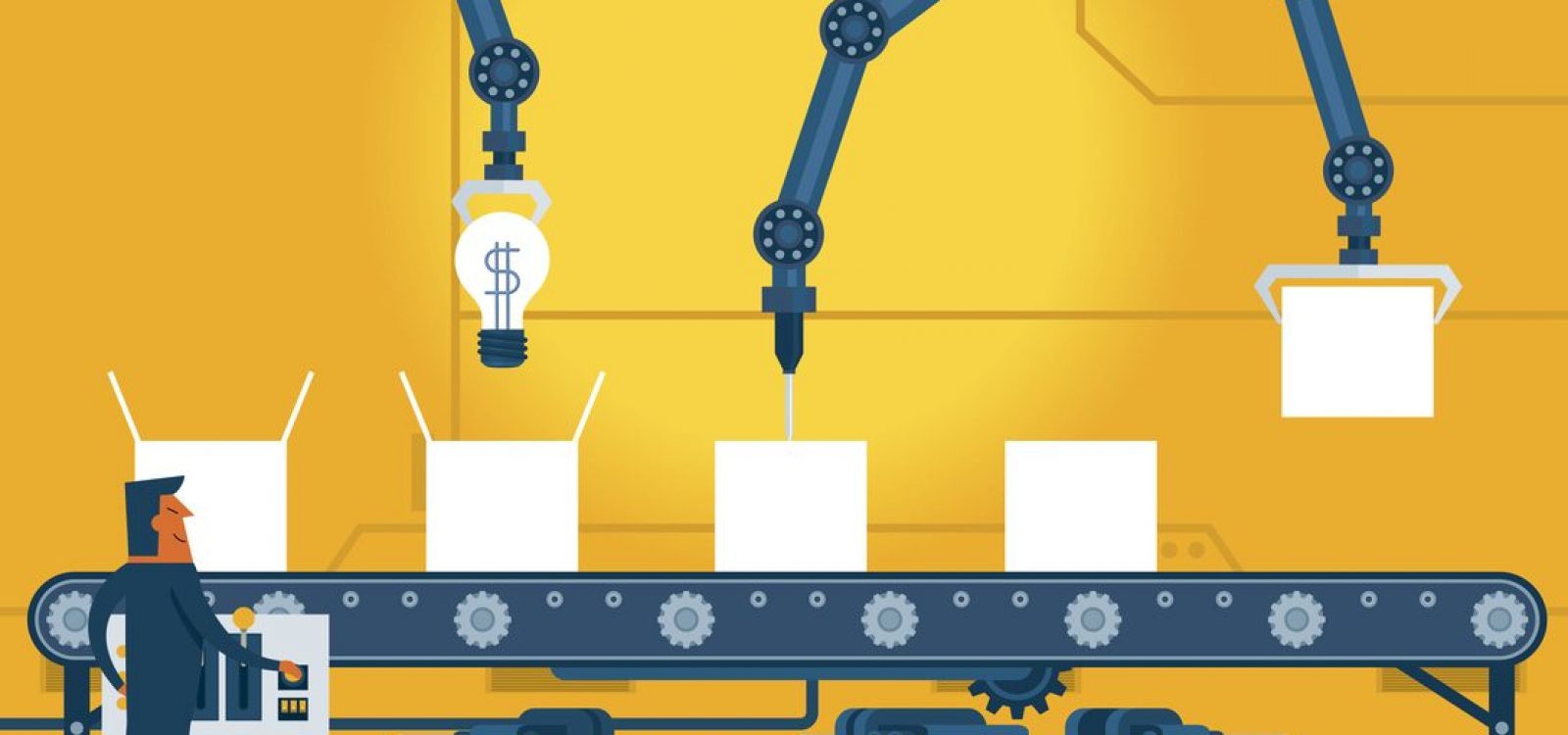
Robotic Process Automation – Revolutionising Service Provision
In the midst of constant technological change and development, acceptance, awareness and adaptation is key to survival and staying ahead. In this article, Malvi Jethwa from Curtin University discusses the impact of Robotic Process Automation.
Automation is constantly evolving and becoming one of the leading sources of innovative processes and fluidity in the financial markets. This will provide an opportunity for professional services firms and employees to harness the potential of automation for innovation and market efficiencies. Robotic Process Automation (RPA) is the application of technology for the construction of robots, which work at the user level interface and replicate the exact actions of a human.
I believe the challenge firms face when exposed to this new macroeconomic environment is how to best nurture and adapt to technological change. The utilisation of RPA for service provision is already developing, however I believe there is a need for a renewed focus on the implementation of RPA within an organisation’s internal processes. As such, firms will benefit from moving from introductory to strategic RPA.
By replacing labour-intensive, repetitive tasks with robotic processes, we can achieve efficiency in the provision of services, an example being consulting. This will provide employees with time to focus on differentiating their services and adapting to industry change. Simple, repetitive tasks such as timesheets, proposal submissions significantly reduce labour productivity and result in a less efficient workforce. The automation of such tasks will increase the competitiveness of a firm and allow the firm to utilise the potential of the fourth industrial revolution.
A concern that springs from automating processes is the possible creation of redundancies. However this is not the case. Consider back when the spreadsheet was introduced. It may have removed the need to complete bookkeeping, but it provided accountants with the opportunity to focus on value adding and providing counsel rather than spending time recording data. Similarly, to utilise robots to complete repetitive tasks reduces the risk of human error and allows employees to redeploy its existing labour elsewhere.
It is the acceptance of this change and awareness of this opportunity that will best utilise automation.
CPD: Actuaries Institute Members can claim two CPD points for every hour of reading articles on Actuaries Digital.






